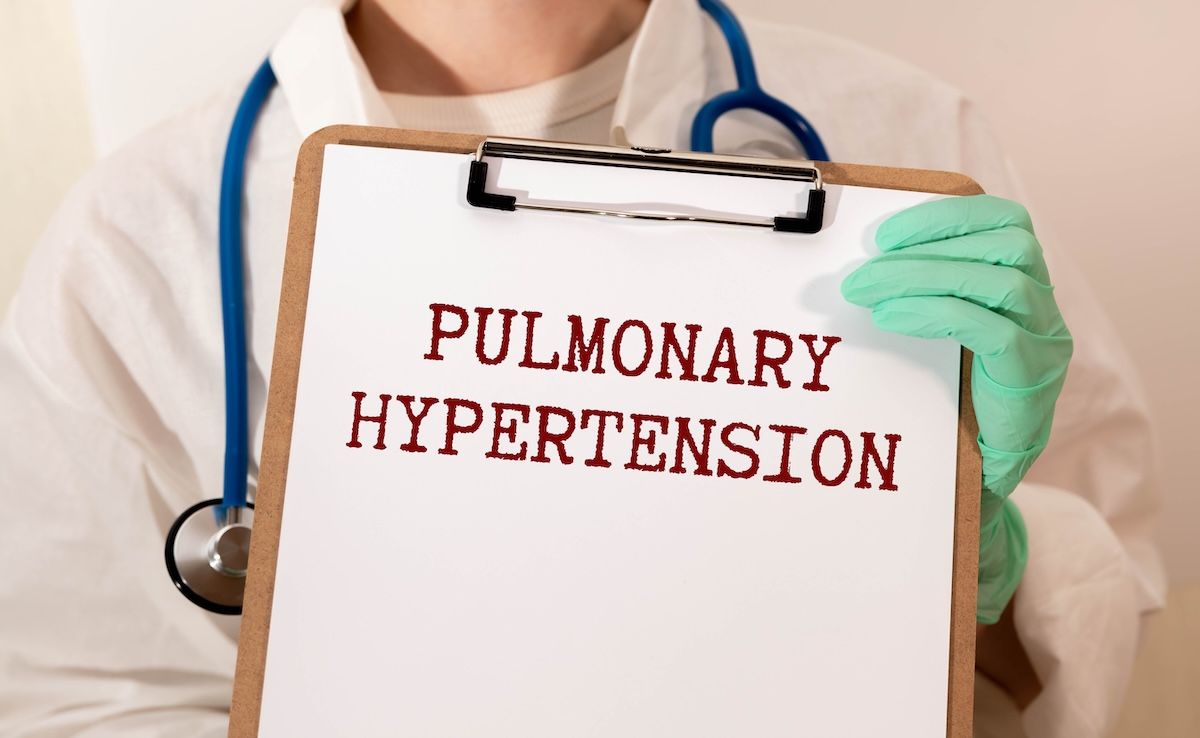Video
Siponimod's Role in Managing Multiple Sclerosis
Patricia K. Coyle, MD, FAAN, FANA: Now, where does siponimod fit with all of this? That’s a sphingosine 1-phosphate receptor [S1P] modulator, right?
Thomas P. Leist, MD, PhD: It’s an S1P. It’s an oral molecule, so it’s a small molecular entity. When I think of medications we talked about before, we have monoclonal antibodies that can bind or deplete. We have small molecules. They are gastric resistant, so they can be swallowed. And then we have the old subcutaneous agents, and these are all proteins. They cannot be swallowed because if we were to swallow them, they would be digested…. This is a follow-up product of fingolimod. It was interesting because it was studied specifically in secondary progressive multiple sclerosis [SPMS]. But upon availability of the results, the FDA has indicated it in the United States for CIS [clinically isolated syndrome], RRMS [relapsing-remitting MS], and active secondary progressive multiple sclerosis.
Peter L. Salgo, MD: How does it work? What’s it doing?
Thomas P. Leist, MD, PhD: It interferes with migration of lymphocytes. It retains lymphocytes within lymph nodes, so it affects the invasion of lymphocytes into the central nervous system. So the cells that we think cause this cell-free active inflammatory disease in the central nervous system.
Patricia K. Coyle, MD, FAAN, FANA: This is very interesting because they wanted an approval for secondary progressive MS, clear-cut, just secondary progressive MS. That’s what they did in their phase 3 trial, and that phase 3 trial entered fairly progressive secondary progressive MS. They didn’t get that. They did not get that from the FDA. The FDA said, “we’re not going to approve you for secondary progressive MS, we’re going to approve you for relapsing forms of MS, CIS,” which they never studied, “relapsing-remitting,” which they had a phase 2 trial in, “and active secondary progressive. And we’re not calling that all SPMS, but we’ll give you active secondary progressive as a relapsing form. Plus, we’re going to give it to everybody else.” So they were quite disappointed I think that they didn’t get an SPMS approval.
Peter L. Salgo, MD: Well, there was a trial, right, the EXPAND trial.
Patricia K. Coyle, MD, FAAN, FANA: Yes, absolutely.
Peter L. Salgo, MD: What did that show?
Patricia K. Coyle, MD, FAAN, FANA: That showed a slowing of progression based on the confirmed EDSS [Expanded Disability Status Scale] compared to placebo. Now, there was an editorial when that came out that said, “we don’t think this is a very significant difference.” But it was statistically significant, and they met their primary outcome. So I have to give them some credit.
Peter L. Salgo, MD: Right. But there’s always a distinction between statistically significant with a P value that works, and clinically significant, which is a patient who does better.
Patricia K. Coyle, MD, FAAN, FANA: You know what, I get that. But if you’re the patient with secondary progressive MS who has slowing of progression, maybe that’s very clinically significant to you.
Peter L. Salgo, MD: Well, that’s all I’m asking. There are some studies in which clinically significant and statistically significant track, and others in which not so much.
Patricia K. Coyle, MD, FAAN, FANA: The interesting thing to me is since this works in relapsing MS, why wouldn’t this be your go-to S1P receptor modulator to use early? If it has a neurodegenerative impact that’s positive, why wouldn’t you use this in your first attack in early relapsing MS?
Peter L. Salgo, MD: And they were following this with EDSS scores?
Thomas P. Leist, MD, PhD: Yes.
Patricia K. Coyle, MD, FAAN, FANA: Yes.
Peter L. Salgo, MD: And they got a significant clinical difference?
Thomas P. Leist, MD, PhD: That’s what Pat Coyle has pointed out.
Patricia K. Coyle, MD, FAAN, FANA: It was statistically significant.
Thomas P. Leist, MD, PhD: There was a delay between the 2 groups. Obviously, to your point, why would you not? Obviously, the FDA has spoken and has said, “we indicate it in CIS at the earliest. We indicate it in RRMS, we indicate it in active secondary,” as we have already delineated. The only place where we make a barrier is in the patient who has no activity.
Patricia K. Coyle, MD, FAAN, FANA: Yet, that’s kind of who they entered into their phase 3 trial. That’s the irony of it.
Thomas P. Leist, MD, PhD: That’s the funny part, that obviously the regulator moved the agent into a disease activity area where it wasn’t studied.




